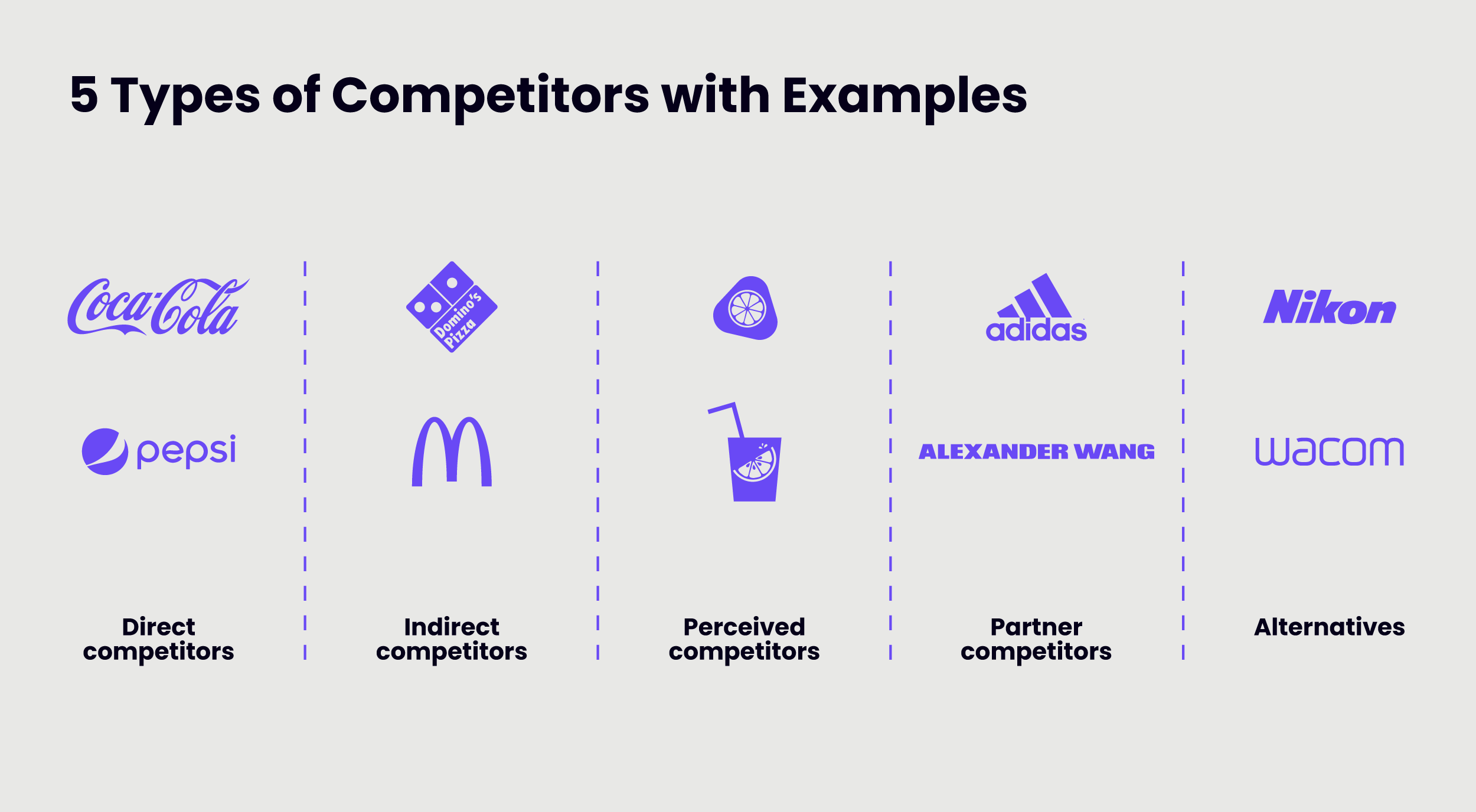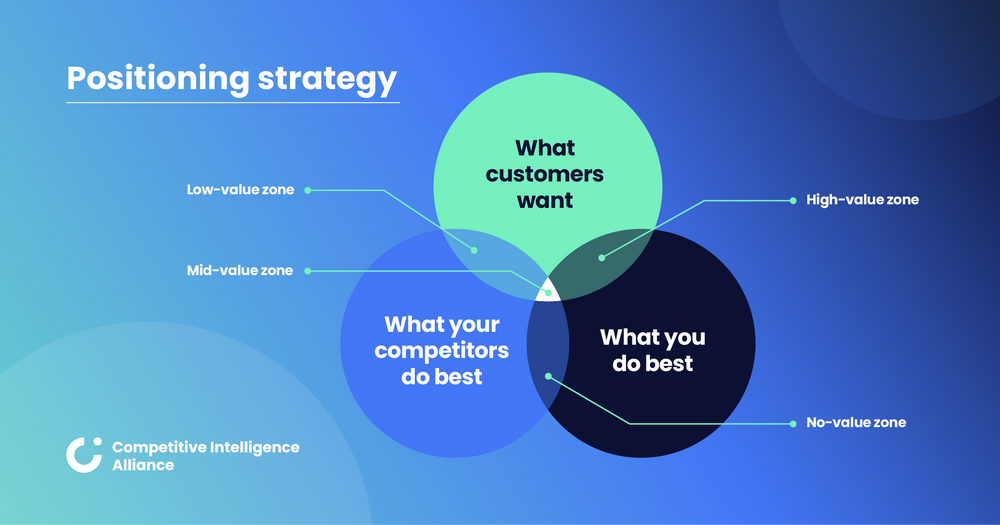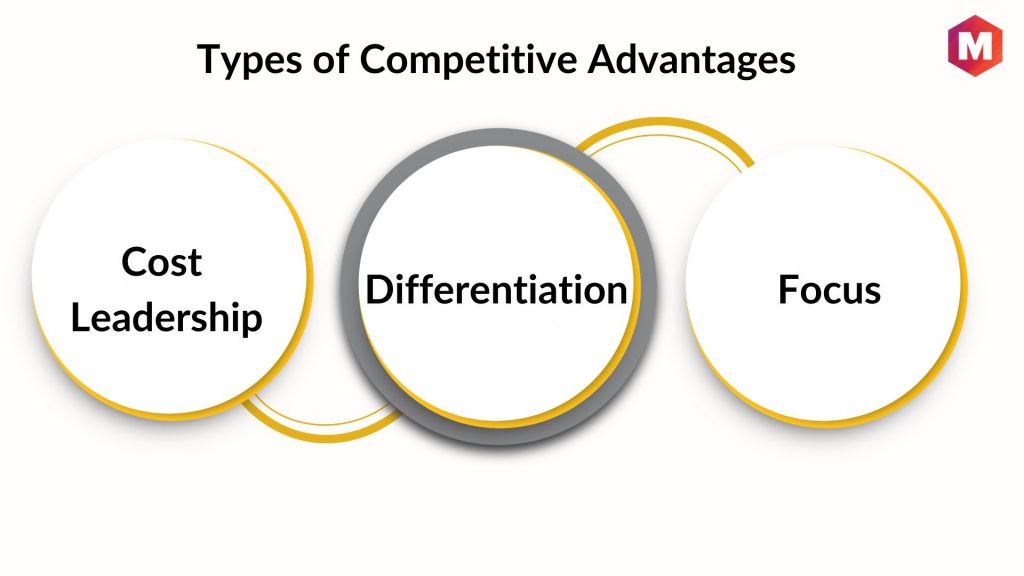Good Competition Is Defined As Companies That Are

Imagine a bustling marketplace, not of fruits and vegetables, but of ideas and innovations. Stalls overflow with cutting-edge technology, sustainable solutions, and creative designs, each vying for attention. The energy is palpable, a hum of ambition and the shared drive to improve lives through better products and services. But unlike a chaotic free-for-all, a sense of mutual respect and ethical boundaries underpins the entire exchange.
At its core, good competition is defined by companies that strive to be the best, not by tearing down their rivals, but by elevating their own performance, benefiting consumers and society as a whole.
This isn't just about abstract ideals; it's about fostering innovation, promoting efficiency, and ultimately creating a more vibrant and prosperous economy.
The Building Blocks of Beneficial Rivalry
For competition to be truly "good," certain foundational principles must be in place.
Firstly, fairness is paramount. This means operating within the legal framework, respecting intellectual property rights, and avoiding deceptive or misleading practices.
Secondly, a focus on innovation drives progress. Companies should constantly seek new and improved ways to meet customer needs, leading to better products, services, and processes.
Finally, consumer welfare should be at the heart of every business decision. Competition should ultimately result in lower prices, higher quality, and greater choice for consumers.
Beyond Price Wars: A Deeper Look
The concept of healthy competition extends far beyond simple price wars. While price is undoubtedly a factor, it's not the only determinant of value.
Companies engaging in positive rivalry invest in research and development, seeking to create superior products or services that justify a higher price point. This investment fuels technological advancements and economic growth.
They also focus on enhancing the customer experience, from personalized service to user-friendly interfaces, fostering loyalty and building lasting relationships.
According to a report by the Organization for Economic Co-operation and Development (OECD), "Well-designed competition policy can foster innovation, productivity growth, and economic efficiency."
The Antithesis: Predatory Practices and Their Consequences
The opposite of healthy competition is characterized by predatory practices designed to eliminate rivals rather than excel on merit.
This can include tactics like price fixing, market allocation, and exclusionary agreements that stifle innovation and harm consumers.
Such behavior not only harms smaller businesses struggling to compete but also ultimately reduces consumer choice and increases prices in the long run.
Examples in Action
Consider the tech industry, where companies constantly push the boundaries of innovation, releasing new devices and software with increasing frequency. This competition drives progress, giving consumers access to ever-more-powerful and feature-rich tools.
On the other hand, instances of companies attempting to monopolize markets or engage in anti-competitive behavior often lead to regulatory scrutiny and legal action.
The Federal Trade Commission (FTC) actively monitors markets for such practices, seeking to protect consumers and promote fair competition.
A Shared Responsibility
Fostering a culture of good competition requires a collaborative effort. Businesses must commit to ethical conduct, regulators must enforce antitrust laws effectively, and consumers must be informed and empowered to make choices that reward responsible companies.
When all stakeholders play their part, the marketplace becomes a fertile ground for innovation, economic growth, and ultimately, a better quality of life for everyone.
It is a system where success is earned, not taken, and where the pursuit of excellence benefits us all.

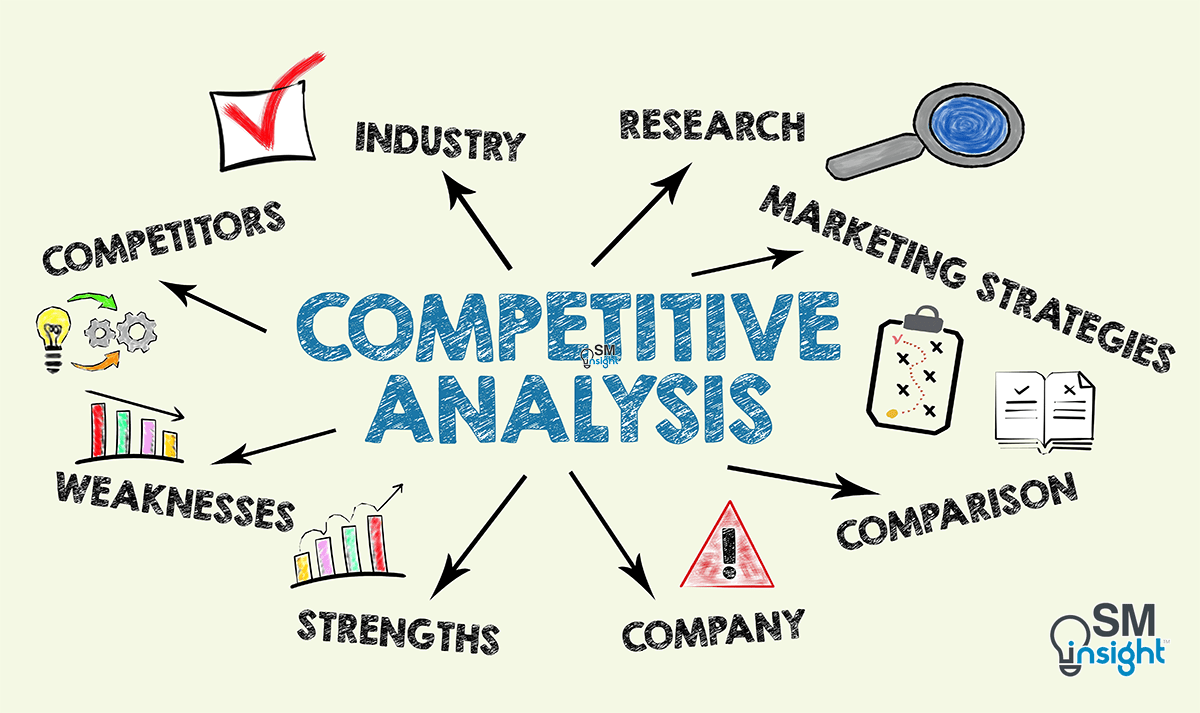


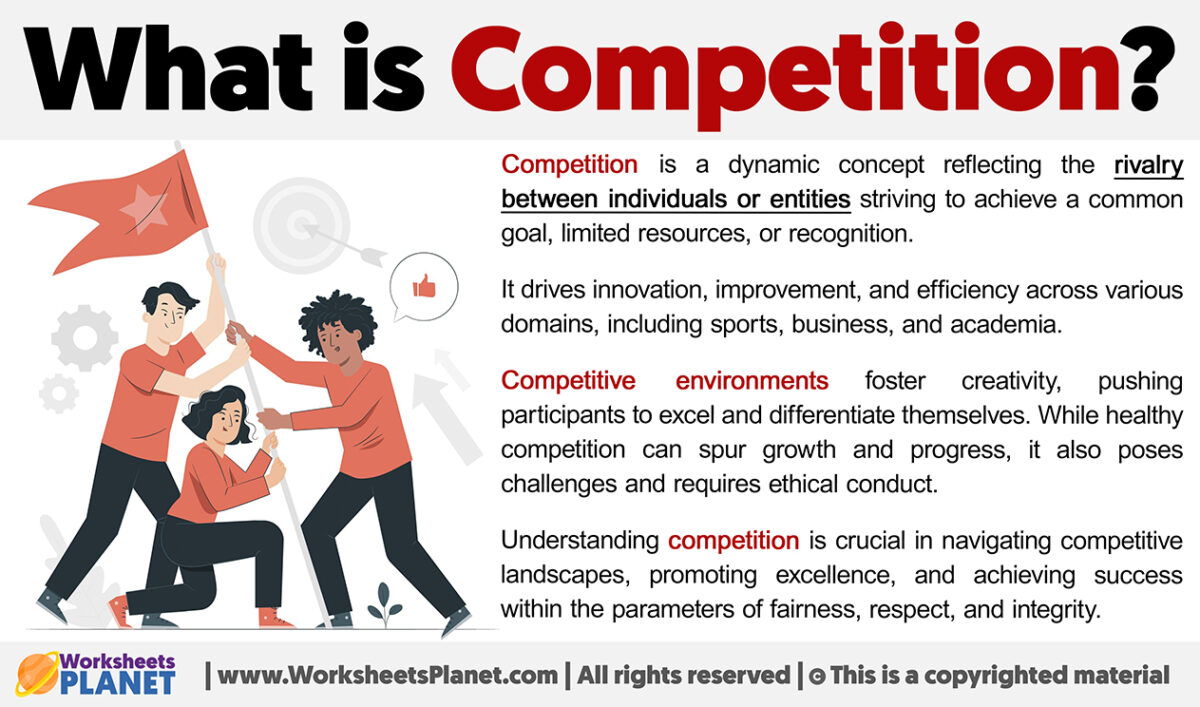
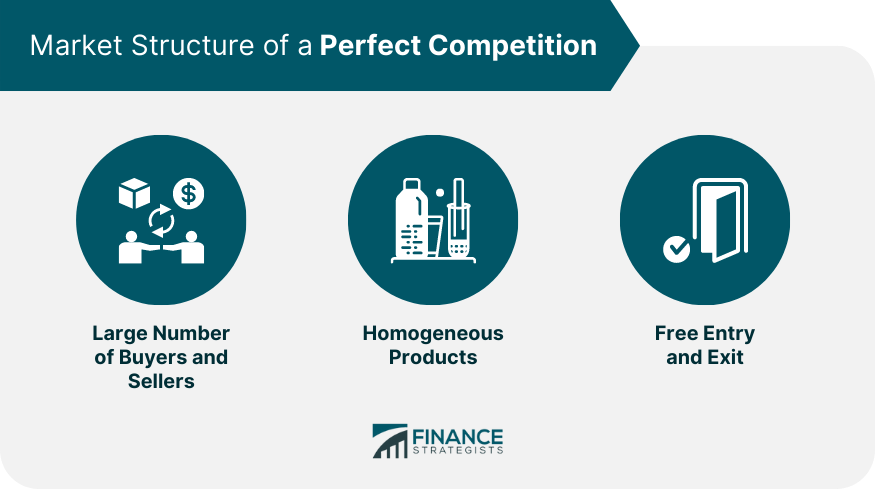



:max_bytes(150000):strip_icc()/what-is-competitive-advantage-3-strategies-that-work-3305828_FINAL-5b87022bc9e77c002524e634.png?ssl=1)
